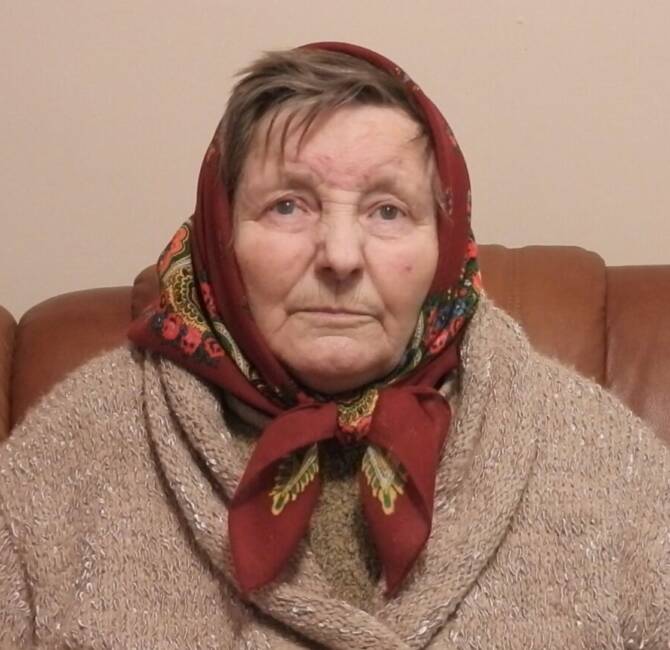Poland – While the management of the first wave of the pandemic in the spring 2020 by the Polish government, as well as the other governments of the Visegrád Group, may have looked rather good in comparison with the major Western European countries, the same cannot be said of its efforts since the fall. After the general relaxation of health rules last summer, when Prime Minister Mateusz Morawiecki claimed during the presidential election campaign that Poland had won the fight against the pandemic, and when health restrictions were almost completely lifted and tracing activities abandoned, Poland caught up with, and then overtook, the most affected countries in terms of deaths during the fall. This is due, at least in part, to the decision to put the health system in lockdown mode, making any access to health services much more difficult, as well as to a policy of not accepting Covid patients, who are generally refused any face-to-face medical consultation as long as there is no urgent need to call an ambulance to take them to hospital. At the same time, members of the government who are clearly cut off from reality are blaming Poles themselves for the high mortality rate, as they allegedly wait too long to see a doctor!
As a result, in terms of deaths officially attributed to Covid, Poland is now on a par with France, with 1473 deaths per million inhabitants, and has far surpassed Sweden, the EU country where health restrictions have been the least stringent since the beginning of the epidemic. But there is further suspicion that the number of Covid-related deaths in Poland is grossly underestimated, as it is also one of the least tested countries in the EU: just over 332,000 tests have been carried out per million population since the start of the pandemic, compared to 497,000 in Hungary, 600,000 in Germany, 742,000 in Sweden, 851,000 in Italy, 929,000 in Spain, 1,036,000 in France, 1,263,000 in the Czech Republic, and 1,871,000 in the United Kingdom (figures published on Worldometers as of April 7). In any case, Poland saw one of the highest rises in mortality in the EU in 2020, and its government doesn’t seem to have learned lessons from that in the first quarter of 2021, as access to the health care system remains as limited as ever, especially – but not only – for those who test positive for Covid-19. And while as early as spring 2020 a drug, amantadine, seemed to give positive results in containing the disease in patients with the SARS-CoV-2 coronavirus, it took a whole year, from March 2020 to March 2021, for the Polish authorities to finally agree to launch a scientific study on its effectiveness.
The contact tracing system has been completely abandoned in Poland, including the smartphone application developed to automate contact tracing and to provide the authorities with a tool to know where the epidemic is spreading the most and thus to take measures adapted to the real-world situation. Since October, the public health inspectorate (SANEPID) has been completely overwhelmed and no longer calls contact cases. Thus, only those who show symptoms characteristic of Covid-19, manage to obtain a telephone consultation (which is not always easy) and a prescription for testing, and still have the strength and desire to go to a testing center (risking infecting others) are tested and, if necessary, placed under house quarantine. The consequence is that decisions to close restaurants, bars, shopping centers, sports facilities and the like are not based on hard data but on ideas born in the brains of members of a scientific council, whose main representative in the media, Professor Horban, went so far in March as to say that entrepreneurs who complain about the absurdity and nuisance of decisions taken by the authorities ought to start producing masks in order to avoid bankruptcy! On his part, Health Minister Adam Niedzielski is now warning Poles that they will spend the rest of their lives under the threat of an epidemic, and that they should therefore get used to it!
However, the main victims of the disastrous management of the pandemic since last summer in Poland are children, as it seems that the government of Mateusz Morawiecki has being trying to compensate for its inability to contain the spread of the epidemic not by strict population confinements as in France or the United Kingdom – which is rather a cause of satisfaction for the Poles – but by extensive use of remote schooling.
Thus, after three months of distance learning in the spring, Polish high school students were sent home again on October 19 and have remained there since. Pupils in the upper primary school grades, aged between 10–11 and 14–15 (primary school in Poland lasts from the first year after kindergarten to the last year before high school), have been in remote schooling since October 26. Only pupils in the three lower primary school grades, aged up to 9–10, have been a little more fortunate, as they were able to go to school until the end of the first week of November, and then again from January 18 to March 19. During those two months of “face-to-face” schooling for the lower grades in 2021, only about 5% of primary schools had to send all children home at one time or another due to outbreaks. As Education Minister Przemysław Czarnek himself admitted in March, the decision to close schools did not stem from their role in the spread of the epidemic (especially since before the appearance of the “UK variant” of the virus this year, children seldom transmitted the virus, and they continue to transmit it less than adults), but from the desire to limit their parents’ mobility! The same motive was given when it was decided to close hairdressing and beauty salons from March 27, which was seen by many as a provocation. This adds to the continuous provocation linked to the decision, which is obviously absurd but has been in place for months, even if it is less and less respected, to require everyone to wear face masks in outdoor public spaces.
Initially, the new reinforced “soft” lockdown (people remain free to move around) which came into force on March 27 was set to last until April 11, but the Minister of Health announced on April 7 that it would be extended until April 18. As for children, they are not expected to return to school before May or June, and it is not certain that they will go back before the summer vacation, or even after. In spite of this, all teachers were offered the Covid vaccine in February–March, yet another example of the chaos and inconsistency in decision-making when it comes to fighting the Covid pandemic. Except for the youngest, since the spring confinement, Polish children and teenagers will soon have spent a full school year at home. In the opinion of experts, the Polish government’s policy will have serious consequences for the education and future of the young generation, not to mention the pediatric psychiatric problems that are becoming a real social phenomenon.
However, Prime Minister Mateusz Morawiecki reassured Poles in January that investment in pediatric psychiatry had more than doubled in the past year. So everything is fine! But in the meantime, the Bloomberg ranking at the end of March placed Poland 50th out of 53 countries in terms of effectiveness in fighting the pandemic and its consequences, down 10 places. In this ranking, only Brazil, the Czech Republic and Mexico fare worse.




